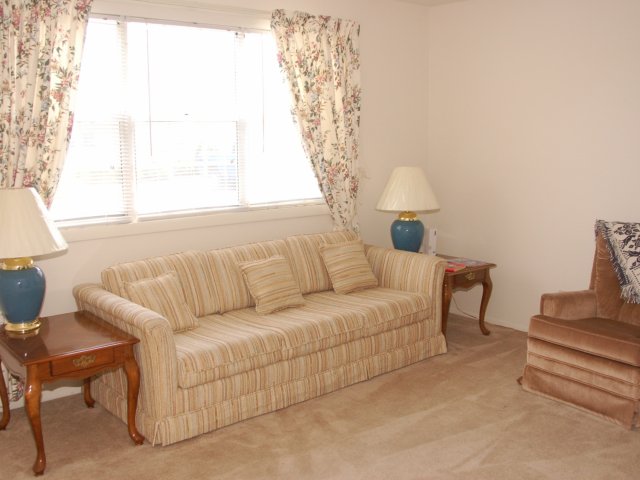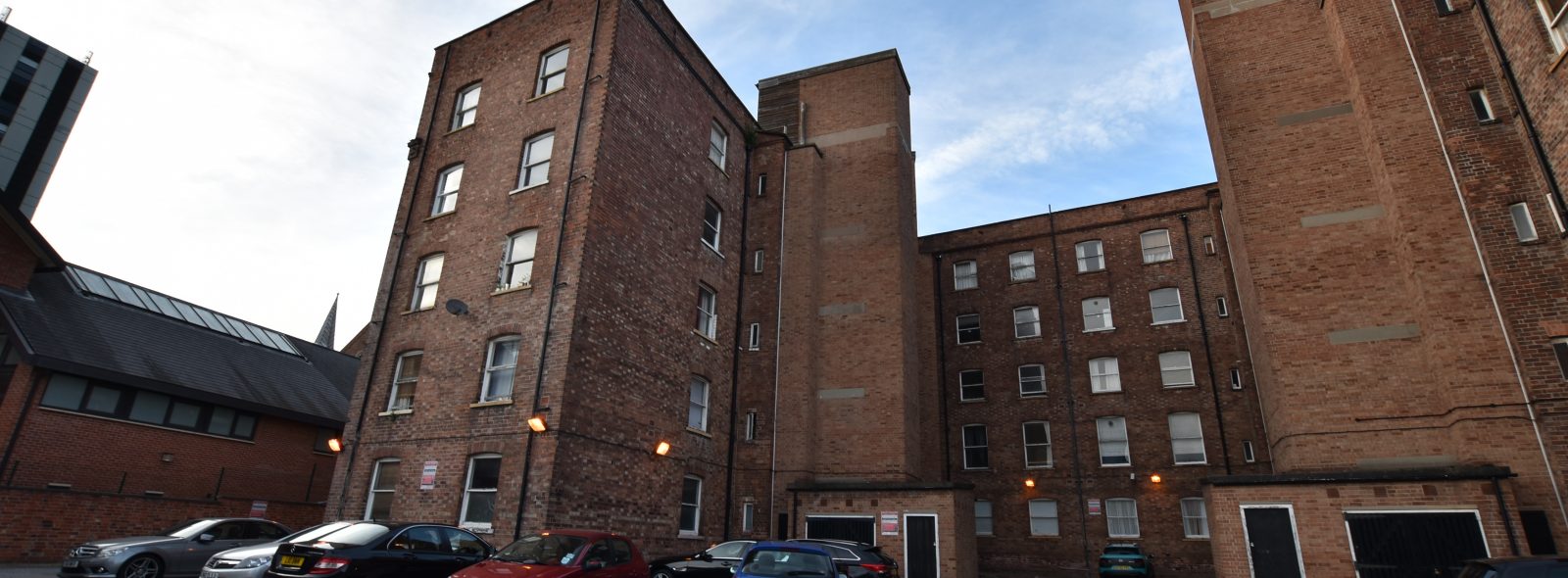

Last year Nottingham city council won the Guardian’s public service award for its ambitious policies to become the UK’s first carbon-neutral city. The Broadmarsh centre was in the process of being demolished but work had to stop when the company developing the site went into administration. It struck a chord with many people, and already has 10,000 signatures. When Intu went into administration five months ago, Cameron started a petition to turn the unloved shopping centre into green space. “Anyone coming into Nottingham on the train would have to pass by it before they reached the city centre, and it was just this horrible, ugly building with no windows. It’s kind of a 90s style of thinking … Broadmarsh felt like a place that people used to walk through, but there was no sense of community, no sense of life.

Now times are changing, said Nottingham resident Ewan Cameron.
NOTTINGHAM GREEN APARTMENTS DRIVERS
The Broadmarsh centre was opened in 1975, in an area of the city designed with drivers in mind.

“We feel this could be a real opportunity for the city to stand out from the crowd as cities across the UK look to recover their economies and find a new direction for urban centres.” We’ve submitted ideas for roof gardens and new avenues, all sorts of greener features,” said Erin McDaid, head of communications and marketing at Nottinghamshire Wildlife Trust. “We’ve actually spent quite a bit of time over the past 20 or 30 years looking at various redevelopment proposals for this part of the city and for the Broadmarsh centre. It has put up nest boxes on many buildings close to Broadmarsh to encourage black redstarts, which used to live in the city but are now rarely seen. Nottingham Wildlife Trust has long wanted to create green corridors in this area of the city to connect it to Sherwood Forest to the north. Crisscrossing the park would be walkways based on centuries-old street layouts. Old street names include Pear Street and Peach Street those fruits would be grown in the park to reflect its heritage. Nineteenth-century maps helped architects get a clear picture of what this part of Nottinghamshire once looked like – a fertile garden area covered in fruit trees. “The idea of this was to have more rewilding, restoring, protecting – this kind of connectivity, so the zones we then developed were about foraging, pond dipping and protecting species.” “Often open spaces in cities can be manicured and a bit formal,” said Boland. The proposed scheme would run counter to the conventional idea of urban parks and instead hark back to what Broadmarsh would have looked like in centuries gone by. It will put its plans to Nottingham city council in the coming weeks as the authority canvasses views on what Broadmarsh could become as part of a 10-week consultation process. Ponds surrounded by reeds, crocus meadows and wet grasslands would attract butterflies, dragonflies and a range of birds including reed warblers and black redstarts, according to the Wildlife Trust, which is calling on people to back its green vision. The Broadmarsh post-Covid rewilding scheme would fit in with Nottingham’s ambition to become the UK’s first carbon-neutral city.


 0 kommentar(er)
0 kommentar(er)
